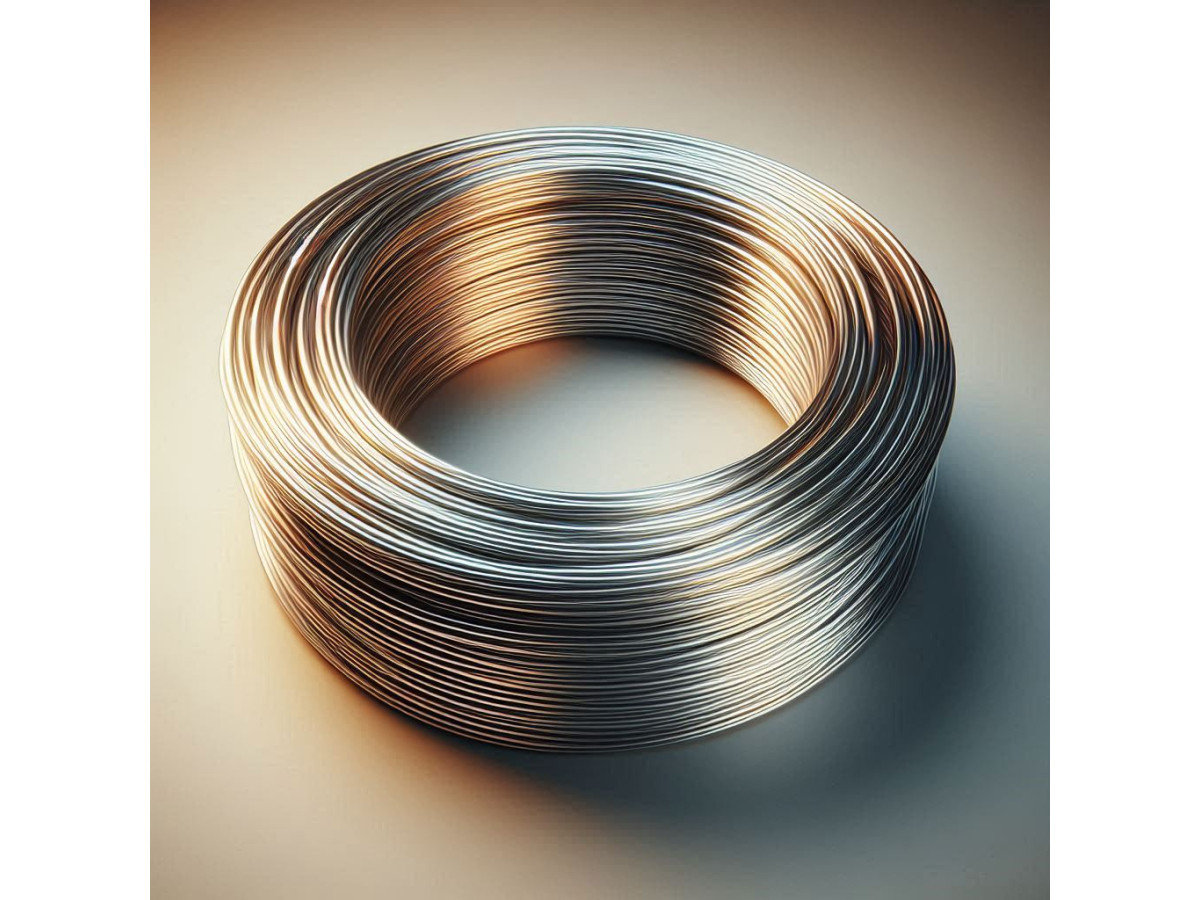Nichrome alloy – is a material designed for safe and reliable operation of innovative equipment, for the production of which high-quality raw materials were used. The resulting products are resistant to negative external factors and aggressive environments, are not afraid of moisture, corrosion, harmful substances, are not subject to premature wear and mechanical damage. We suggest paying attention to the types, selection and advantages of nichrome.
Types of nichrome
This alloy is available in several types, each of which has its own individual properties and characteristics:
- Wire: This type of nichrome has a cross-section that is characterized by constant dimensions. The standard version is wound into a coil or rolled into a roll. The following methods were used for manufacturing: drawing, pressing and rolling.
- Tape: This type has a rectangular cross-section, thickness over 0.1 mm, presented in rolls. Nichrome was produced by electrolytic method or by rolling.
- Strip: Like the tape, it has a rectangular cross-section, the minimum width and length ratio is 5, and the thickness is more than 0.1 mm. Cutting of tapes and sheets, as well as rolling, were used to produce this type of nichrome.
- FeCrAl wire: Nichrome is used for the production of resistance parts, electric tubular heaters and other elements responsible for heating.
Due to such a range, it is possible to select nichrome that meets the requirements and standards, suitable for certain purposes, performing tasks regardless of their complexity. This alloy is optimal for use in various industries.
Advantages of Using Nichrome Today
Nichrome is a unique alloy with various properties, making it ideal for use in high temperature conditions. The advantages of this alloy include the following:
- Heat resistance: Nichrome is resistant to corrosion, oxidation, high temperatures, suitable for the manufacture of furnaces and heating parts. Capable of withstanding up to +1200 degrees.
- Electrical resistance: The alloy effectively converts electrical energy into heat and is an optimal material for various heating elements.
- Strength: Even at elevated temperatures, nichrome retains its original strength, making it suitable for use in structural parts subject to high loads.
- Elasticity: Nichrome lends itself to various types of processing, is suitable for creating products regardless of shape, and is actively used in highly complex structures.
- Anti-corrosion properties: Nichrome is resistant to chemical influences, including salts, alkalis and acids. It is used in aggressive environments, resistant to corrosion processes.
Nichrome is optimal for various fields due to its increased strength, reliability, durability, resistance to corrosion, wear and aggressive factors. It is not afraid of moisture, has excellent performance characteristics and is resistant to mechanical damage.
How to choose the right nichrome
When choosing nichrome, you should pay attention to certain criteria:
- Marking: If the letter H is present in this indicator, then nichrome is suitable for the production of various heating elements. The letter C means the production of resistive parts. The designation TEN is the production of spare parts for a tubular heater.
- Delivery: Nichrome must be transported in the original packaging using a spool with all technical data on the alloy.
- Calculation: If necessary, use the calculator to calculate the required amount of material.
- Composition: Consider the materials contained and the ultimate resistance index. The composition may include nickel, aluminum, chromium, manganese.
Correctly selected nichrome ensures reliability and durability of manufactured products and structures. Consider not only your preferences, but also pay attention to the brand, quality, intended purpose and tasks for which the alloy is selected.
Conclusion
Nichrome is presented in a wide range: tapes, sheets, wire, pipes. It is actively used in various industry due to its unique qualities: durability, reliability, strength, practicality, resistance to wear, environmental factors, chemical and mechanical impact. The alloy is suitable for various tasks regardless of their complexity and is able to take any shape thanks to simple processing.

